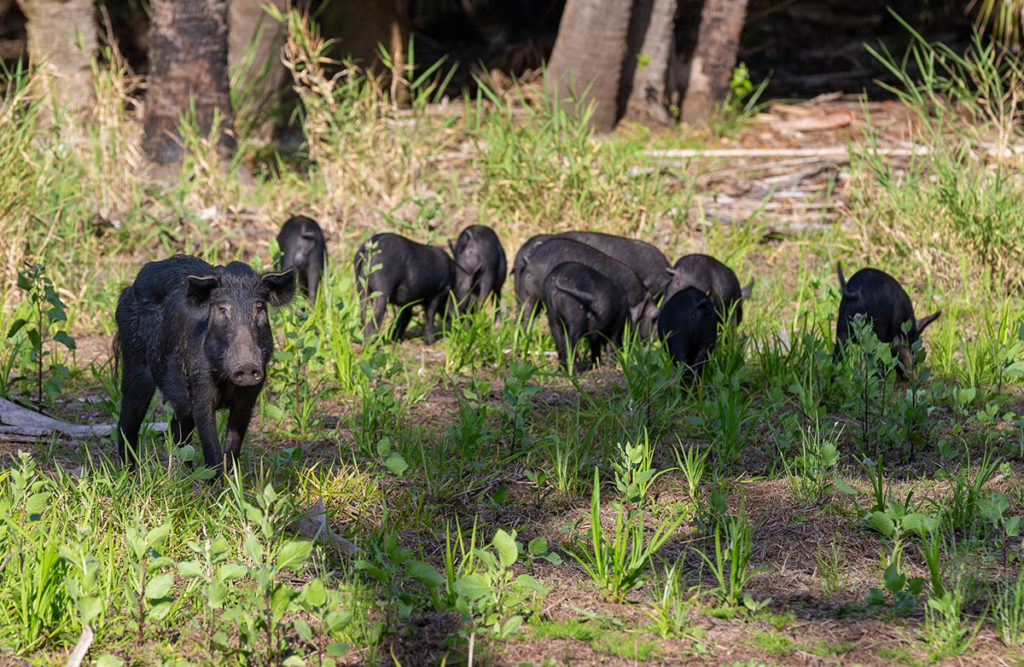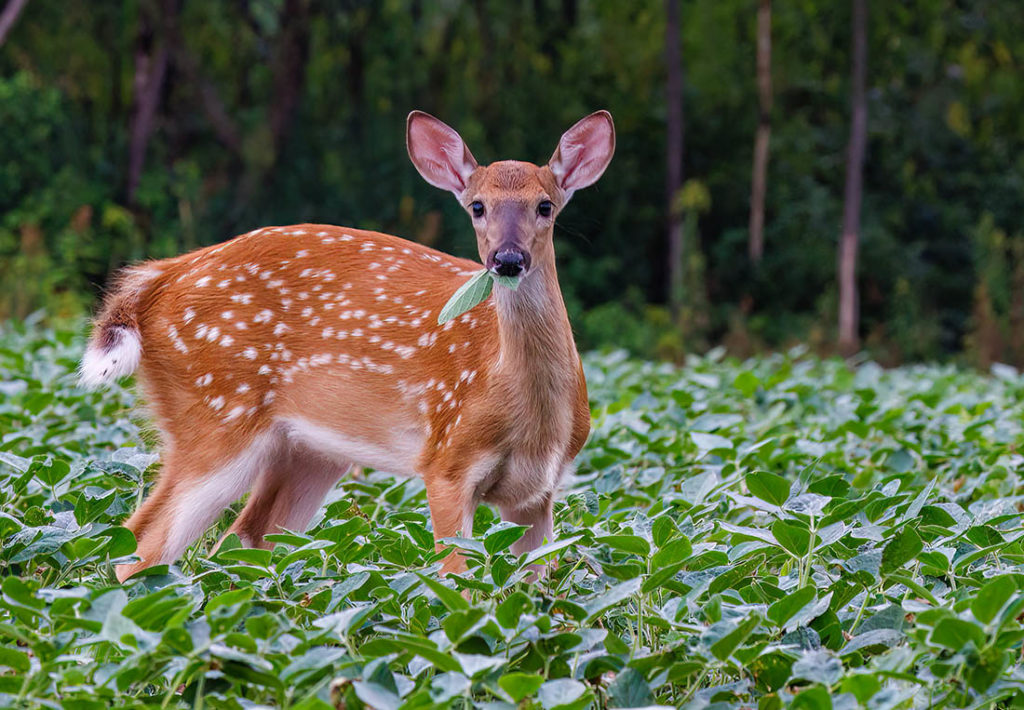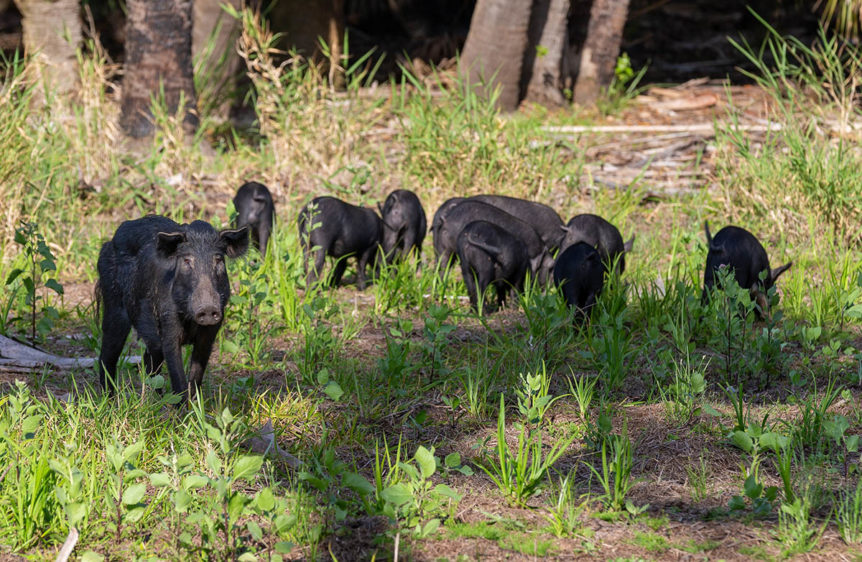
By Clint Thompson
Agricultural pests are sometimes not just bugs and diseases but include animals looking for a food source. Unfortunately, for Georgia’s specialty crop producers, that food source is often their crops.
Georgia’s legislative leaders are arming state agencies with substantial funding in next year’s budget to tackle this problem. Included in the budget was $150,000 directed to the Georgia Department of Agriculture (GDA) for the Feral Hog Task Force and $300,000 to the Georgia Department of Natural Resources (GDNR) for the Hunters for the Hungry Program. Specialty Crop Grower July 2024

“It really hits at the bottom line, whether you’re paying somebody to help address the issue for you or you’re just eating the costs to replant those crops,” said Georgia Agriculture Commissioner Tyler Harper. “Feral hogs or deer, regardless of what the problem is, it definitely is an issue in our state and something we’re working to find solutions to and working to address.”
Costly Damage
Data from the University of Georgia Warnell School of Forestry in 2015 showed agriculture damage from feral swine topped out at $150 million; $100 million to the crops and $50 million infrastructure like fences, irrigation and landscapes.
Harper was instrumental in helping start the task force last year. It consists of the GDA, GDNR, U.S. Department of Agriculture (USDA), Georgia Association of Conservation Districts and the University of Georgia.
“When I was elected, one of the first things that I did was reach out to former GDNR Commissioner Mark Williams. He and I and some of his team sat down and started having some conversations about what we could do,” Harper said. “All of us in some ways are impacted, affected or have tools that we could bring to bear to address it. The result of that has been a pilot program that we announced back in January. We’re thankful for the General Assembly for funding our request to help us continue these programs. We’re looking to see what works.”
Setting Goals
Matt Ondovchik, wildlife biologist with the USDA Wildlife Service, chairs the task force and outlines the short term and long-term goals shared by member entities.
“One of the short-term goals was to aid landowners, producers and any stakeholders battling the pig issue. One of the things we developed and incorporated is a trap rental program. Funding for that has come from multiple different entities,” Ondovchik said. “So far, we are seeing success. We’ve got some traps in the field. We’re pro viding educational workshops prior to the individuals being able to rent those traps. I think we’re just stacking our deck for success by teaching people how to use the equipment and teaching them the behavior and biology of pigs, which allows them to be more effective trappers.
“The USDA Wildlife Service has also been utilizing helicopters in the 18 state of Georgia for probably about 10 years to control feral swine on a limited basis. One of the long-term goals of the task force is to be able to expand the program with more funding sources. That would allow us to expand the program, so we can provide more assistance across the board.”
Deer Management
Deer control has largely been managed through permits that growers and landowners seek to reduce populations wreaking havoc on agriculture. Trevor Santos, GDNR deputy commissioner, said increased funding for the Hunters for the Hungry program will allow additional meat processors to be part of the program.
“In conversations we had with the agricultural community, statewide elected officials and local elected officials, we realized that if we had funding to expand the Hunters for the Hungry program, it would allow hunters the ability to take more deer during the hunting season; ultimately, helping those producers in managing the populations in their areas,” Santos said.
According to the Georgia DNR, 914 permits were issued in 2023 covering 623,894 acres, leading to 9,339 deer authorized. So far for the 2024 growing season, 412 permits have been issued with 3,948 deer authorized. The additional funds in the state’s budget will allow more processors to be utilized, leading to an increased volume of deer that will not be attacking farmers’ crops and helping those in need.
“Our plan in expanding the program is to have at least 50 processors statewide that are part of the program. We want to focus on those areas where we are seeing those deer crop damage permits utilized most. We have a map where those permits are being applied for and utilized and those would be priority areas that we would look to get deer processors involved in this expanded program,” Santos said.










